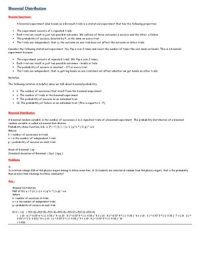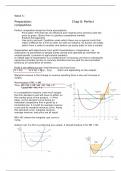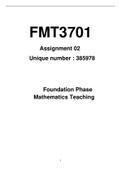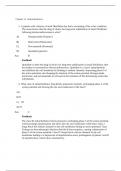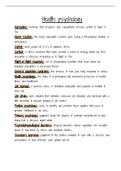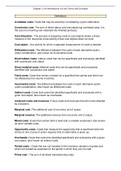Easter Nichole A. Evangelista
Prof. Kendall Smith
English 101
July 20, 2024
Beyond the Bamboo Ceiling: Asian American Education Narratives
In many classrooms, there's often a standout student who excels in academics, plays
musical instruments, and is involved in various activities. Making a narrative of a model
student that might end up in elite college and universities such as Harvard or Princeton.
Someone who might be a CEO or a Doctor one day. This image often brings to mind Asian
American students, reinforcing the stereotype that they always achieve top grades. This
stereotype shapes perceptions, assuming Asian Americans are naturally skilled in subjects
like Science and Math. In fact, when an Asian American student struggles in these areas, they
might hear comments like, "Isn’t Math supposed to be easy for you?" This overlooks their
individual challenges and perpetuates a narrow view of their abilities. These stereotypes also
sideline Asian Americans from discussions about marginalized groups in education and
professions, focusing solely on perceived cultural traits rather than their diverse experiences.
In "Why Use Critical Race Theory and Counterstorytelling to Analyze the Chicana/o
Educational Pipeline?"Tara Yosso, an educator and author, argues how stories can
significantly shape people's experience of education and how society views them. Yosso
contrasts majoritarian storytelling, which simplifies people's experiences into stereotypes and
typically reflects the perspectives of the dominant majority, with CRT or Critical Race theory.
, Evangelista 2
Meanwhile, CRT uses narratives that challenge and break down these dominant stories by
focusing on the real-life experiences and viewpoints of marginalized communities as Yosso
claims, “Critical Race Theory's framework offers scholars, practitioners, and educators tools
to identify and challenge race and racism as a deeply embedded aspect of U.S. life.” (Yosso,
2005). This approach aims to uncover the complexities and realities faced by minority groups
in America, including Asian Americans, shedding light on their unique struggles and
contributions often overlooked in mainstream narratives. By promoting a deeper and more
nuanced understanding of race and education, CRT and counter storytelling strive to create
more inclusive, fair, and empowering educational environments and societal perceptions.
The way stories are told and shared is crucial because it shapes how people
understand the world and everything in it. If narratives only reflect majority perspectives, it
can perpetuate stereotypes and overlook the true diversity of experiences. This can lead to a
view of the world that's biased and doesn't accurately reflect reality. To empower groups and
communities, like Asian Americans, whose stories, cultures, and values have been
oversimplified or misrepresented in stereotypes, it's essential to adopt narratives aligned with
Critical Race Theory (CRT). This approach challenges conventional storytelling and
highlights marginalized voices by promoting a more nuanced and inclusive understanding of
societal issues that these groups and communities are facing. The concepts of Critical Race
Theory embedded within counter-narratives offer ways to reshape the understanding of racial
dynamics. By employing various narrative strategies, these methods aim to promote fairness,
empowerment, and the visibility of marginalized communities. For example,
counter-storytelling can debunk the “Model Minority Myth” that portrays Asian Americans
as exemplifying successful assimilation into American society through attributes like

